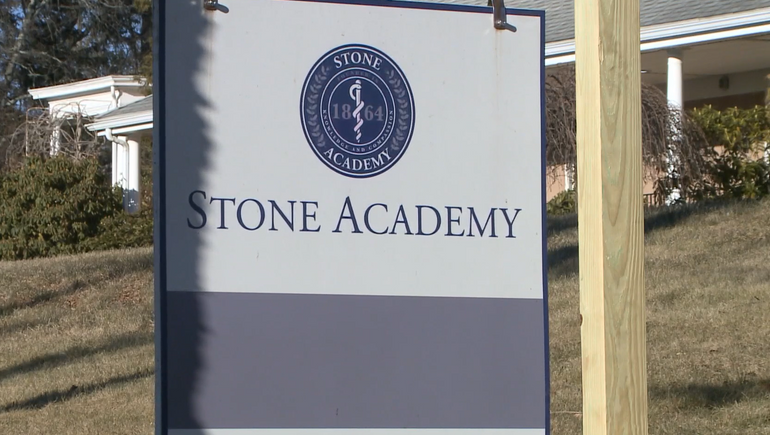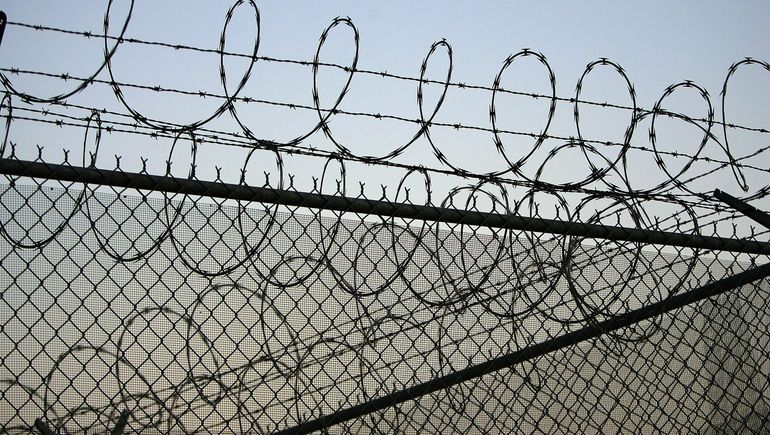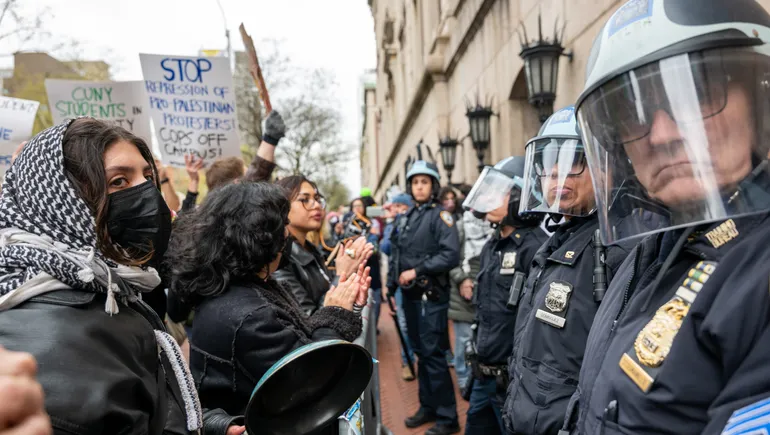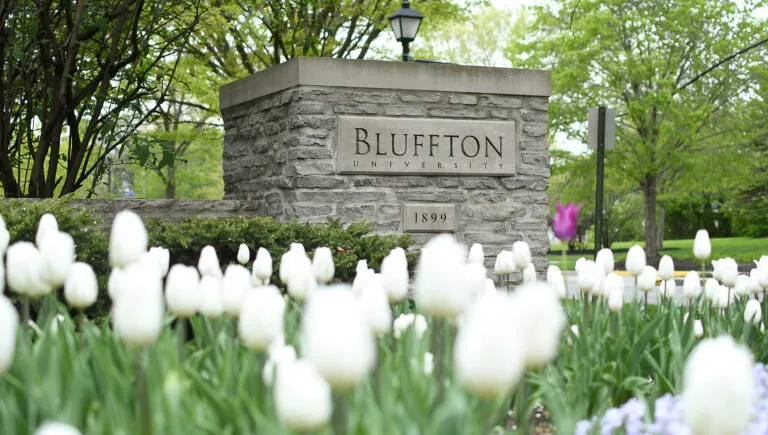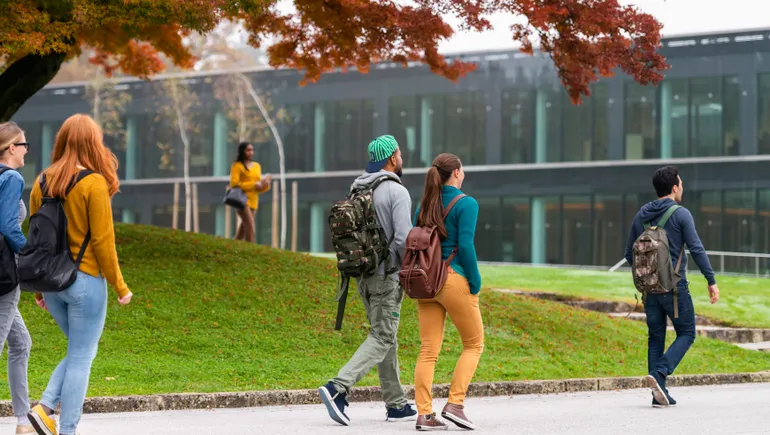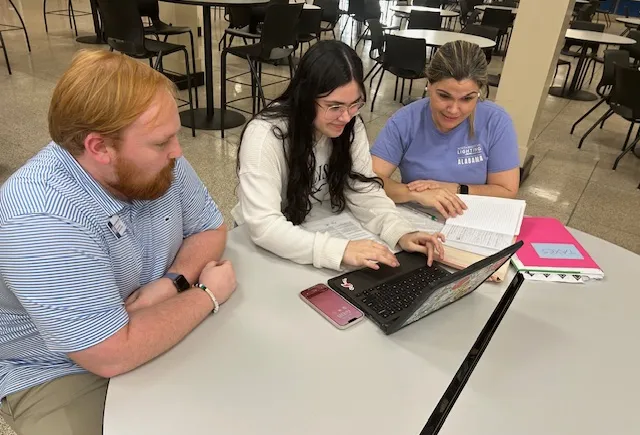[ad_1]
Dive Brief:
- Upward transfer enrollments — students moving from two-year to four-year colleges — has plunged 14.5%, or 78,500 fewer students, since the onset of the pandemic, according to new National Student Clearinghouse Research Center data released Thursday.
- Those upward transfers continued to drop between fall 2021 and fall 2022, a 7.5% drop that translates to 37,600 fewer students. One of the steepest year-over-year declines from fall 2021 occurred among students transferring to highly selective institutions, a 13.4% drop representing 6,200 students.
- However, in a bright spot for the higher education landscape, other types of transfers have begun to rise year over year. Lateral transfers between four-year institutions increased by 2%, lateral moves between two-year colleges rose by 0.3% and reverse transfers — students who shift from a four-year to two-year college — jumped by 1%.
Dive Insight:
Transfer enrollments overall have fallen by nearly 7% since fall 2020, with the biggest losses happening among students who were continuing — rather than returning to — their college education, an almost 12% drop.
These declines are part of colleges’ broader enrollment struggles spurred by the spread of COVID-19. Colleges have lost 1.2 million undergraduate students since the start of the health crisis, according to the National Student Clearinghouse, with the bulk disappearing from community colleges that face competition with a strong job market.
The clearinghouse reported in February that the sector is just beginning to see hints of recovery with the year-over-year decline in undergraduates shrinking.
“Unlike the stabilization that we saw in the general enrollment numbers last month, the number of students who transferred in fall 2022 is continuing the downward slide it has been on since the pandemic began in 2020, and this is especially true for upward transfers,” Doug Shapiro, executive director of the clearinghouse’s Research Center, said in a statement.
Shapiro noted on a call with reporters Wednesday that the overall transfer decline of 2.3% from fall 2021 to fall 2022 was steeper than the rate of enrollment decline among nontransfer students, which means “transfer continues to be more constrained, more difficult for students during the pandemic, than same-school enrollment.”
Clearinghouse officials said they were particularly concerned with the tumbling share of students transferring to a four-year college from suburban and urban community colleges. They characterized bachelor’s degree programs as being “increasingly out of reach” for students attending these two-year colleges.
Upward transfers from suburban two-year institutions have sunk by 11%, or 16,300 fewer students, since fall 2021, and those from urban community colleges plummeted 8.8%, or 20,200 students.
Not all the news was doom and gloom though.
The share of students moving from a rural community college to a four-year college actually increased by 1.4% year over year.
And for the first time since the pandemic started, transfers from students who stopped out began to rise — by 5.4%. That equated to 26,800 more students between fall 2021 and fall 2022.
Transfers to primarily online institutions drove almost 40% of this growth, the clearinghouse said.
[ad_2]
Source link



